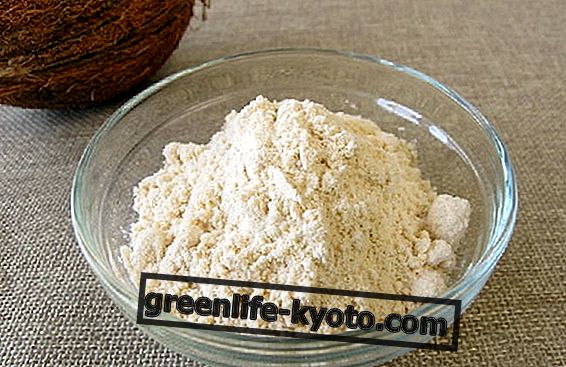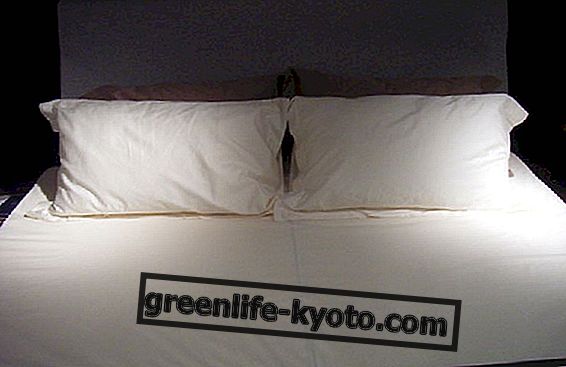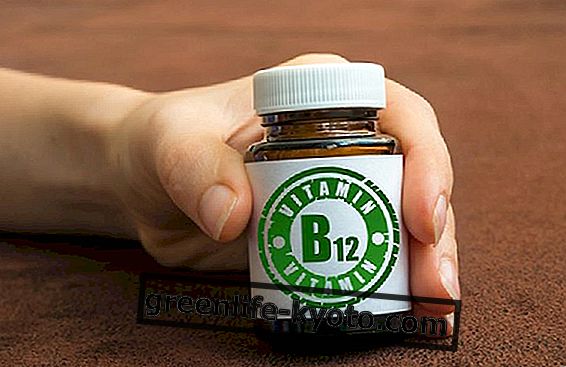
What is a solar panel
By definition, a solar panel or solar connector is a solar energy transformation system that allows you to produce electricity ( photovoltaic solar panel ) or to heat water ( thermal solar panel ). The use of solar energy significantly reduces the monthly and annual expenses of a family and contributes to protecting the environment since, by not using non-renewable energy sources for the production of heat, it considerably reduces the emission of gas by exhaust and polluting particles in the atmosphere. In a time of crisis like the current one and sensitivity towards renewable energy and environmental impact, building a DIY solar panel is an interesting challenge, if only to better understand the functioning of an indispensable system in the near future .
According to a study by Prof. Arturo Lorenzoni of the Department of Electrical Engineering of the University of Padua, " grid parity " will be achieved in 2013: the price of kilowatt-hours for self-consumption produced with solar panels will be equal to that of the energy that can be purchased from the electricity grid . Within two years, DIY solar energy will be cheaper, even without incentives: self-producing electricity with photovoltaic panels, especially in the South, will cost less than the bill.
On the web, we found lots of pages on how to build a DIY solar panel . Let's see better.
How to build a DIY solar panel
After making a distinction between the solar panels, let's see how to proceed with the construction.
Building a thermal photovoltaic panel, that is able to produce domestic hot water, is simple and cheap, as it is the type of solar panels most accustomed to DIY. On the net, there are many guides about it. Among the materials used for the construction of this type of solar panel is phenolic plywood (used for the frame), a copper pipe for the coil, a glass plate, silicone, conductive paste and a series of screws and brackets to lock everything. Among the "tools of the trade" little more than a screwdriver and a drill. With a little care and patience, the result is guaranteed.
In Italy, the Solar Network for self-construction operates, a group with the aim of providing the indispensable information to provide everything that favors the diffusion of thermal solar panels, making it easy to find materials, design and implement their integration in buildings (both existing and new construction), with theoretical and practical courses and installation support.
For a DIY photovoltaic panel the matter becomes more complex. First of all, there is the problem of photovoltaic cells and Ecorete welds to be made. In Italy, it is one of the very few sellers of photovoltaic cells, so the situation for photovoltaic manufacturers is not the most flourishing. It is also possible to produce one's own photovoltaic cells at home, but it is almost like a titanic enterprise to the user. So better to buy the photovoltaic cells on the net, and then try to build the remaining structure.
On the web, there are several guides to building a DIY solar panel, both in Italian and in English, and basically the procedure follows the same logical thread. Prices, on the other hand, vary greatly. This depends substantially on the cost and availability of solar cells. The information, in addition to being online, can be found by consulting the numerous texts on DIY photovoltaics.
DIY solar panels
There are different types of DIY solar panels, as the materials used in the construction are different. Some are really bizarre. Let's take a few examples.
A British gentleman realizes a thermal collector to heat water at zero cost thanks to the coil located in the back of his old refrigerator (the grill that contains the cooling material), a plate of recovered glass, the rubber mat of a old car and some piece of wood.
Of the singular it has the method used by a Chinese gentleman, able to build a solar thermal panel with old beer bottles. Some university students have instead created a do-it-yourself solar thermal panel with cans, used for heating the air.
The Panda thermosolar absorber is another outstanding project, a DIY solar panel that pays tribute to the glass of an old Fiat Panda used to close the casing that contains all the elements of the building. The page dedicated to this project is very complete and detailed. The creator of the system guarantees a cost not exceeding 50 euros.
On the web, therefore, there is great excitement and creativity on " solar DIY " and, with a minimum of manual skill and expense, it is possible to try out a useful and stimulating activity. Good construction!













